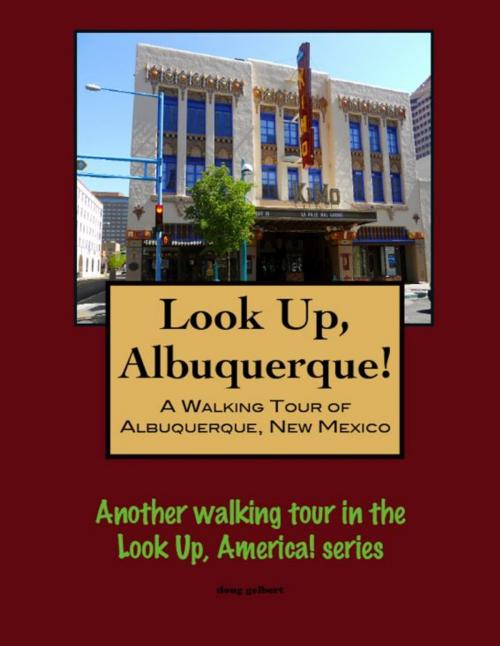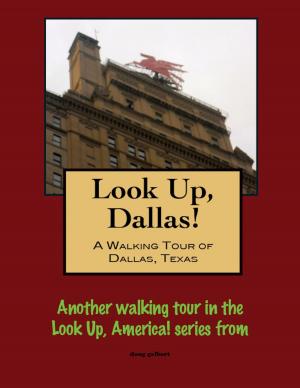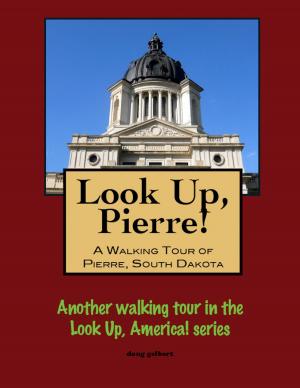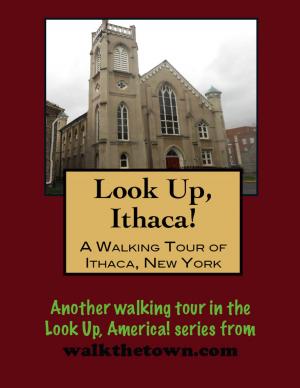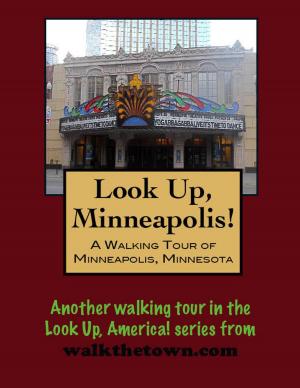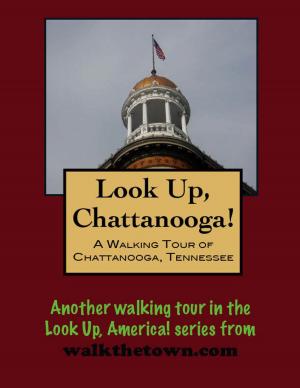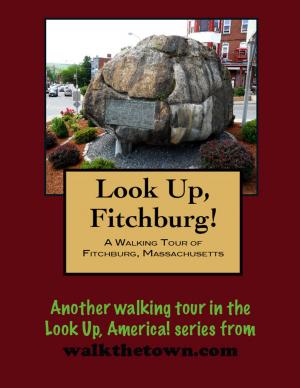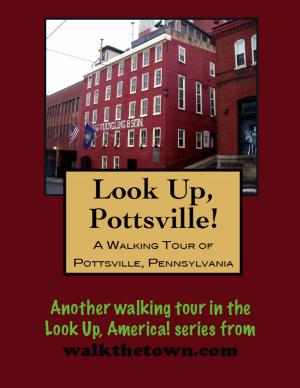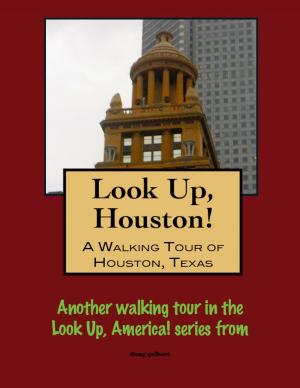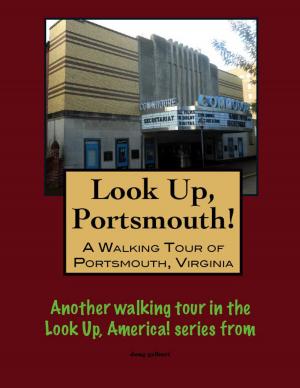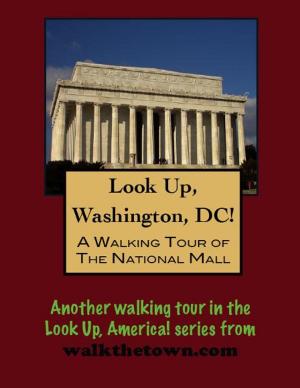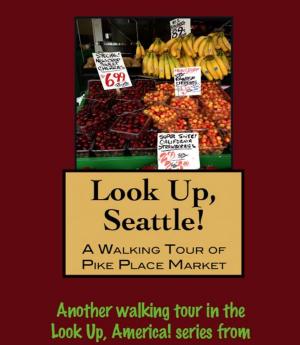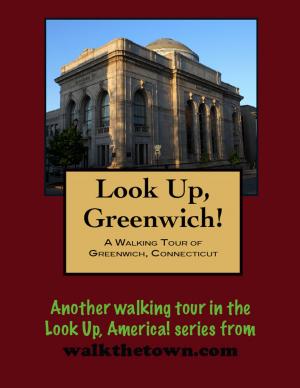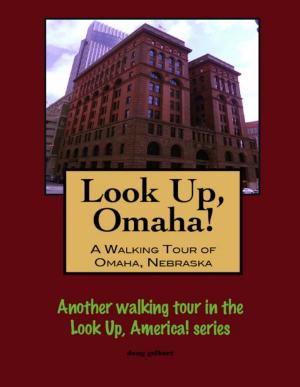Look Up, Albuquerque! A Walking Tour of Albuquerque, New Mexico
Nonfiction, Travel, Lodging & Restaurant Guides| Author: | Doug Gelbert | ISBN: | 9781301794911 |
| Publisher: | Doug Gelbert | Publication: | November 9, 2012 |
| Imprint: | Smashwords Edition | Language: | English |
| Author: | Doug Gelbert |
| ISBN: | 9781301794911 |
| Publisher: | Doug Gelbert |
| Publication: | November 9, 2012 |
| Imprint: | Smashwords Edition |
| Language: | English |
There is no better way to see America than on foot. And there is no better way to appreciate what you are looking at than with a walking tour. Whether you are preparing for a road trip or just out to look at your own town in a new way, a downloadable walking tour is ready to explore when you are.
Each walking tour describes historical and architectural landmarks and provides pictures to help out when those pesky street addresses are missing. Every tour also includes a quick primer on identifying architectural styles seen on American streets.
If location is everything in real estate, Albuquerque has long been blessed. In the days of the Spanish conquistadores the colonial outpost was situated on the 1,600-mile trade north-south route known as the Camino Royal, or Royal Road. In the age of the automobile, beginning in 1926, Albuquerque became an important stop on Route 66, the Mother Road, as it crossed 2,448 miles of America's interior from Lake Michigan in Chicago to the Pacific Ocean in Santa Monica, California.
But the two historic highways were going to different Albuquerques.
The Albuquerque founded in 1706 as a military presidio by the Spanish evolved into a sheepherding center, developing around a central plaza. When American rule of New Mexico began in 1846 the Post of Albuquerque was established here to supply military outposts in the Territory.
However, in 1880 when the Atchison, Topeka and Santa Fe Railroad steamed into the town the tracks bypassed the Plaza and the passenger station was built two miles to the east. The bustling mercantile center that quickly grew up around the railroad became known as New Albuquerque and then New Town. The original settlement became Old Town. In 1920 the expanding City of Albuquerque gobbled up Old Town on its way to today's land mass of more than 180 square miles and a population north of a half-million. Old Town has blossomed as a shopping and cultural destination and New Town has become downtown.
In 1937 Route 66 was re-aligned as it coursed through Albuquerque. Where it began by flowing north-south along 4th Street it was switched to a more east-west path along Central Avenue. The result is that Fourth and Central is the only place in the United States where the historic Route 66 crosses itself. The intersection also became the crossroads of the town for decades and that is where we will begin our tour of the city whose name honors Don Francisco Fernández de la Cueva y Enríquez de Cabrera, the Duke of the Spanish village of Albuquerque...
There is no better way to see America than on foot. And there is no better way to appreciate what you are looking at than with a walking tour. Whether you are preparing for a road trip or just out to look at your own town in a new way, a downloadable walking tour is ready to explore when you are.
Each walking tour describes historical and architectural landmarks and provides pictures to help out when those pesky street addresses are missing. Every tour also includes a quick primer on identifying architectural styles seen on American streets.
If location is everything in real estate, Albuquerque has long been blessed. In the days of the Spanish conquistadores the colonial outpost was situated on the 1,600-mile trade north-south route known as the Camino Royal, or Royal Road. In the age of the automobile, beginning in 1926, Albuquerque became an important stop on Route 66, the Mother Road, as it crossed 2,448 miles of America's interior from Lake Michigan in Chicago to the Pacific Ocean in Santa Monica, California.
But the two historic highways were going to different Albuquerques.
The Albuquerque founded in 1706 as a military presidio by the Spanish evolved into a sheepherding center, developing around a central plaza. When American rule of New Mexico began in 1846 the Post of Albuquerque was established here to supply military outposts in the Territory.
However, in 1880 when the Atchison, Topeka and Santa Fe Railroad steamed into the town the tracks bypassed the Plaza and the passenger station was built two miles to the east. The bustling mercantile center that quickly grew up around the railroad became known as New Albuquerque and then New Town. The original settlement became Old Town. In 1920 the expanding City of Albuquerque gobbled up Old Town on its way to today's land mass of more than 180 square miles and a population north of a half-million. Old Town has blossomed as a shopping and cultural destination and New Town has become downtown.
In 1937 Route 66 was re-aligned as it coursed through Albuquerque. Where it began by flowing north-south along 4th Street it was switched to a more east-west path along Central Avenue. The result is that Fourth and Central is the only place in the United States where the historic Route 66 crosses itself. The intersection also became the crossroads of the town for decades and that is where we will begin our tour of the city whose name honors Don Francisco Fernández de la Cueva y Enríquez de Cabrera, the Duke of the Spanish village of Albuquerque...
